Galliardist
Major Contributor
Now, you show some respect to your elders!My second thought: I would donate it to some institution, like a seniors residence, maybe? It works, after all, and the design may be to their liking.
Now, you show some respect to your elders!My second thought: I would donate it to some institution, like a seniors residence, maybe? It works, after all, and the design may be to their liking.
Practically, and ecologically: this thing will probably be better than the plastic cr@p I usually see in such places.Now, you show some respect to your elders!
There are so many variations over the years with different versions, clones, tolerances and ageing that people who think get THE LS3/5 sound can get quite different "intepretations" of it.
The measurements of Stereophile in the past had also shown that:
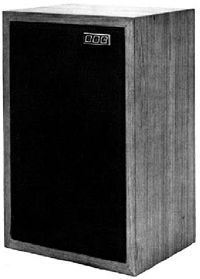
BBC LS3/5a loudspeaker 1989 Measurements
Sidebar 2: 1989 Measurements I estimated the voltage sensitivity (using 1/3-octave pink noise centered on 1kHz) and measured the change of impedance with frequency, while the nearfield low-frequency response of each speaker was assessed with a sinewave sweep to get an idea of the true bass...www.stereophile.com
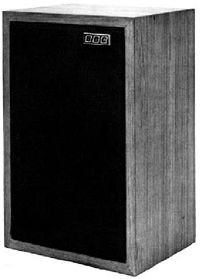
Falcon "Gold Badge" LS3/5a loudspeaker Measurements
Measurements, from May 2021 (Vol.44 No.5)www.stereophile.com
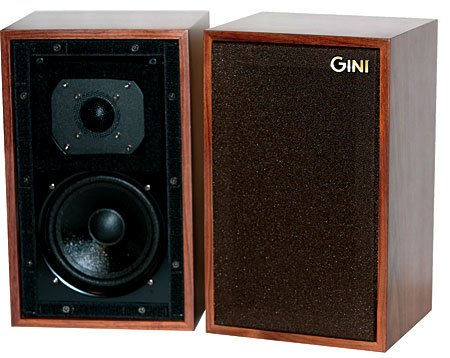
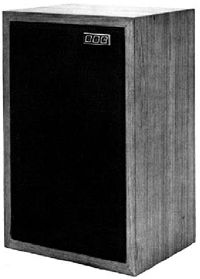
BBC LS3/5a loudspeaker Harbeth Measurements
Sidebar 2: Harbeth Measurements The LS3/5a's impedance magnitude and phase are shown in fig.1. Dropping to 6 ohms only in the top treble octave, it shouldn't give the partnering amplifier any hernias. The sealed box is tuned to 76Hz, the impedance reaching 31.2 ohms at that frequency. There is a...www.stereophile.com
1.7 ohm oh boy - is that the lowest ever measured???
is that at 80-150hz?
Directivity is a measure of how well the energy of on and off axis match.why is the directivity so good when everything else is a car crash? I don't understand how that can be?
They seem to have randomly assembled a speaker from whatever parts that were lying around, so is it just by sheer chance?
Er, this one's a modern monstrosity, even if it is dressed in Grandpa's morning suit.Please stick a fork in this speaker. It was of a time. That time has passed.
Maybe the small size of the involved midbass driver ? And some pure luck regarding the shape of the baffle and crossover piontwhy is the directivity so good when everything else is a car crash? I don't understand how that can be?
They seem to have randomly assembled a speaker from whatever parts that were lying around, so is it just by sheer chance?
Thanks but I understand what directivity is and have read Toole. I was just wondering how they could get that so right whilst getting everything else so wrong.Directivity is a measure of how well the energy of on and off axis match.
If they match well then when you apply PEQ/EQ you get a smooth & even increase or decrease at the affected frequency.
So if there is a 3db dip on axis and there is also a relative 3db dip off axis at the same frequency, and you bump that frequecy up 3db the whole thing is now smooth.
If the on and off axis don't track that is not the case.
You may be adding say 3db to get flat on axis but what if off axis it was already 'flat' there or even had a slight peak. Then adding 3 db for on axis would yeild a big peak off axis.
In 2023/2024 with PEQ I'd much rather have great directivity and uneven frequency response since it can be corrected 'correctly'. VS so-so directivity and less frequency response deviation. Ideally both are covered though applying PEQ based on anechoic/Klipple measurements can easily correct frequency response when the on and off have similar energy deviations(but can not and will not correct directivity errors)
This might seem complex but it really is simple. Read Toole's book or some of the many articles available in the hobby sphere.
Audioholics covers some of this well.

Understanding Loudspeaker Review Measurements Part I
Audioholics’ speaker reviews often contain detailed measurement graphs. In this article, we explain frequency response and the set of curves known as the 'Spin-O-Rama' to help you pick better product.www.audioholics.com

Understanding Loudspeaker Review Measurements Part II
The waterfall plots and polar maps often seen in Audioholics' speaker reviews are colorful and visually interesting, but what can they really tell us about a loudspeaker's performance?www.audioholics.com
There are other speakers with this quality. In fact all in @ least in part of the frequency response spectrum. That is why in each review when you see the post made by one of the DSP folks there are often major benefits in the predicted response, score and rating. There are also zones that can not be corrected due to poor directivity(phase issues/comb filtering/various edge diffraction/unusual driver behaviors/certain types of crossover compromises, ect)
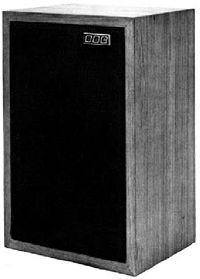
Do any of us truly understand directivity or Toole?Thanks but I understand what directivity is and have read Toole.
Could it be random?I was just wondering how they could get that so right whilst getting everything else so wrong.
i understand what directivity is but that's not the same as understanding itDo any of us truly understand directivity or Toole?
Could it be random?
Or does the enclosure shape the directivity so much, the drivers don't have a large influence?
I agree. Showing up fake tat for what it is, is not 'Myth-busting.'Given this is only visually a LS3/5A, perhaps @amirm should change the title to "fake LS3/5A" or "LS3/5A lookalike" because 1) it is not an LS3/5A in anything other than shape, and 2) some of the contributors to this thread are not reading it properly and commenting as if this is representative of the original BBC 70s speaker or the "licensed" modern replicas.
Given this is only visually a LS3/5A, perhaps @amirm should change the title to "fake LS3/5A" or "LS3/5A lookalike" because 1) it is not an LS3/5A in anything other than shape, and 2) some of the contributors to this thread are not reading it properly and commenting as if this is representative of the original BBC 70s speaker or the "licensed" modern replicas.
I guess that cheap junk beats expensive junk all to heck.Cheap, though. Relatively speaking.
No, you're thinking of theseI always thought the point of this speaker that it was known to be shit, but if your mix created on superior speakers sounded good on this too, you were golden to release to the masses as the majority have something akin to this.
Given this is only visually a LS3/5A, perhaps @amirm should change the title to "fake LS3/5A" or "LS3/5A lookalike" because 1) it is not an LS3/5A in anything other than shape, and 2) some of the contributors to this thread are not reading it properly and commenting as if this is representative of the original BBC 70s speaker or the "licensed" modern replicas.